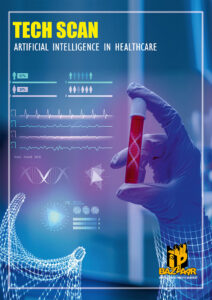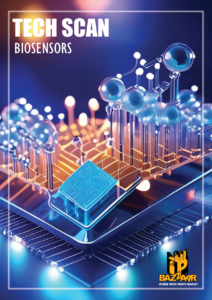Lithium-Ion Batteries for Electric Vehicles
Lithium-ion batteries have emerged as the primary energy storage solution for electric vehi cles (EVs), owing to their high energy density, long life cycle, and light weight property. As the global shift toward sustainable transpor tation accelerates, the demand for efficient and reliable battery sys tems continues to grow, position ing lithium-ion technology at the core of EV innovation.
A typical lithium-ion battery con sists of four main components: a cathode, an anode, an electrolyte, and a separator. These compo nents work together to enable the f low of lithium ions between elec trodes during charging and dis charging cycles. Recent advance ments in this field include the development of solid-state batter ies, silicon-based anodes, lithium iron phosphate (LFP) cathodes, and improved battery management systems (BMS). These innova tions aim to enhance battery composition, energy efficiency, thermal control, and system integration improving safety and lowering production costs.
The lithium-ion battery sector has witnessed a significant surge in patent filings over the past decade, driven by the growing demand for electric vehicles and continuous technological ad vancements. A notable rise in contributions from universities, research institutions, and start ups reflects the expanding and diversified innovation ecosys tem. These trends emphasize the strategic role of patents in safe guarding innovations, enabling technology transfer, and strengthening global R&D collab oration.
Download Full Version
Lithium-Ion Batteries for Electric Vehicles
Send download link to email.






